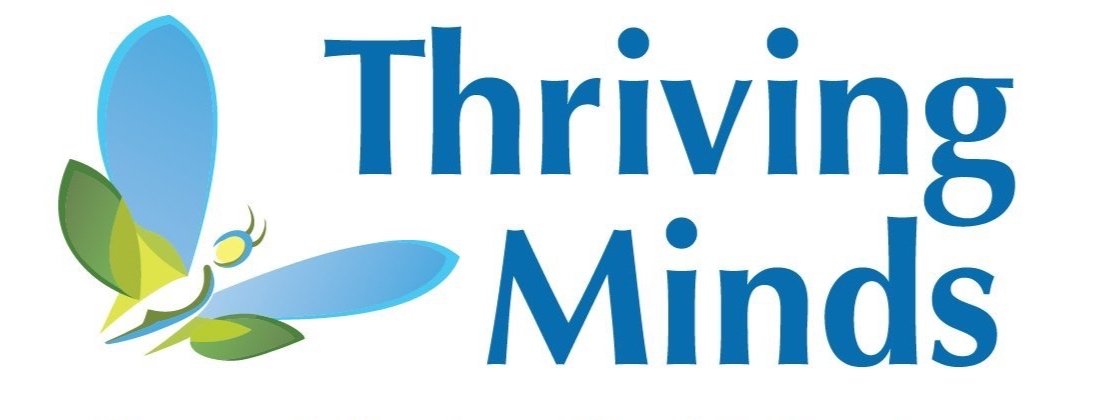Selective Mutism and Autism: Understanding the Overlap
Selective Mutism and Autism: Understanding the Overlap
In clinical and educational settings, it’s increasingly common to encounter children with complex communication profiles. Among these, Selective Mutism (SM) and Autism Spectrum Disorder (ASD) are two diagnoses that may co-occur—or be easily confused. While SM and ASD are distinct conditions, emerging evidence suggests a notable degree of overlap, both in behavioral presentation and in the supports that can help children thrive.
What Is Selective Mutism?
Selective Mutism is classified as an anxiety disorder in the DSM-5 (American Psychiatric Association, 2013). It involves a consistent failure to speak in specific social settings—like school or community activities—despite speaking comfortably in others, typically at home. This silence is not due to a lack of language knowledge or a communication disorder, but rather intense social anxiety.
What Is Autism Spectrum Disorder?
Autism is a neurodevelopmental condition also defined by the DSM-5. It involves persistent difficulties in social communication and interaction, along with restricted and repetitive behaviors, interests, or activities. While communication challenges are a hallmark of ASD, these are generally related to social understanding, language processing, or sensory sensitivities—not exclusively anxiety.
Where Do SM and ASD Overlap?
Studies have increasingly documented shared features between SM and ASD, including:
Social communication challenges (e.g., limited eye contact, reduced initiation of conversation)
Sensory sensitivities (e.g., to noise, crowds, or unpredictability)
Preference for structure or predictability
Elevated anxiety, particularly in social or unfamiliar settings
Although the root causes may differ—social anxiety in SM vs. neurodevelopmental differences in ASD—the external behaviors can look similar. This makes differential diagnosis complex and necessitates careful, multidisciplinary assessment.
Recent research supports this overlap:
A 2020 meta-analysis by Steffenburg et al. found that up to 63% of children with SM met criteria for ASD upon full neurodevelopmental evaluation.
Klein et al. (2019) emphasized that while many children with SM do not have ASD, a substantial subgroup presents with autism-related traits, such as restricted interests or sensory aversions.
Research by Cornacchio et al. (2019) supports that anxiety is commonly comorbid in ASD, which may further blur the lines.
Implications for Practice
Whether you're a therapist, educator, or school psychologist, distinguishing between SM, ASD, or co-occurrence is essential for tailoring interventions. Here are several key takeaways:
1. Assessment Must Be Multidisciplinary
Comprehensive evaluations should involve psychologists, educators, and caregivers. Observations across settings, structured interviews, and standardized tools (e.g., ADOS-2, SMQ) can help clarify the nature and drivers of a child’s communication differences. Cholemkery et al. (2013) showed that the Social Responsiveness Scale (SRS) can help distinguish between ASD and social anxiety disorder, offering a useful tool for differential diagnosis when both conditions are suspected.
2. Don’t Assume One Diagnosis Excludes the Other
A child may meet criteria for both SM and ASD. According to the DSM-5, comorbidity is allowable and expected in some cases. A child with both conditions may have different needs than a child with one diagnosis alone.
3. Tailor Supports to the Individual
Children with SM alone may benefit from behavioral interventions such as stimulus fading, shaping, and graded exposure (Kotrba, 2014; Vecchio & Kearney, 2009).
Children with ASD may need supports addressing social cognition, language pragmatics, and sensory regulation.
For children with both, a hybrid approach is critical—supporting communication while addressing both anxiety and neurodivergent processing styles. Targeted social skills training (e.g., initiating conversations, interpreting social cues, perspective-taking) is also necessary.
4. Family and School Collaboration Is Key
Families often offer insight into how children communicate in low-anxiety environments. Educators and therapists can help bridge supports between home and school. Regular communication and shared strategies enhance consistency and outcomes.
In Summary:
Selective Mutism and Autism Spectrum Disorder can co-occur, and when they do, the child’s profile is often more nuanced than either diagnosis alone suggests. Rather than jumping to conclusions based on outward behaviors, a thoughtful, evidence-based, and collaborative approach to assessment and support can help ensure children receive the right help at the right time.

